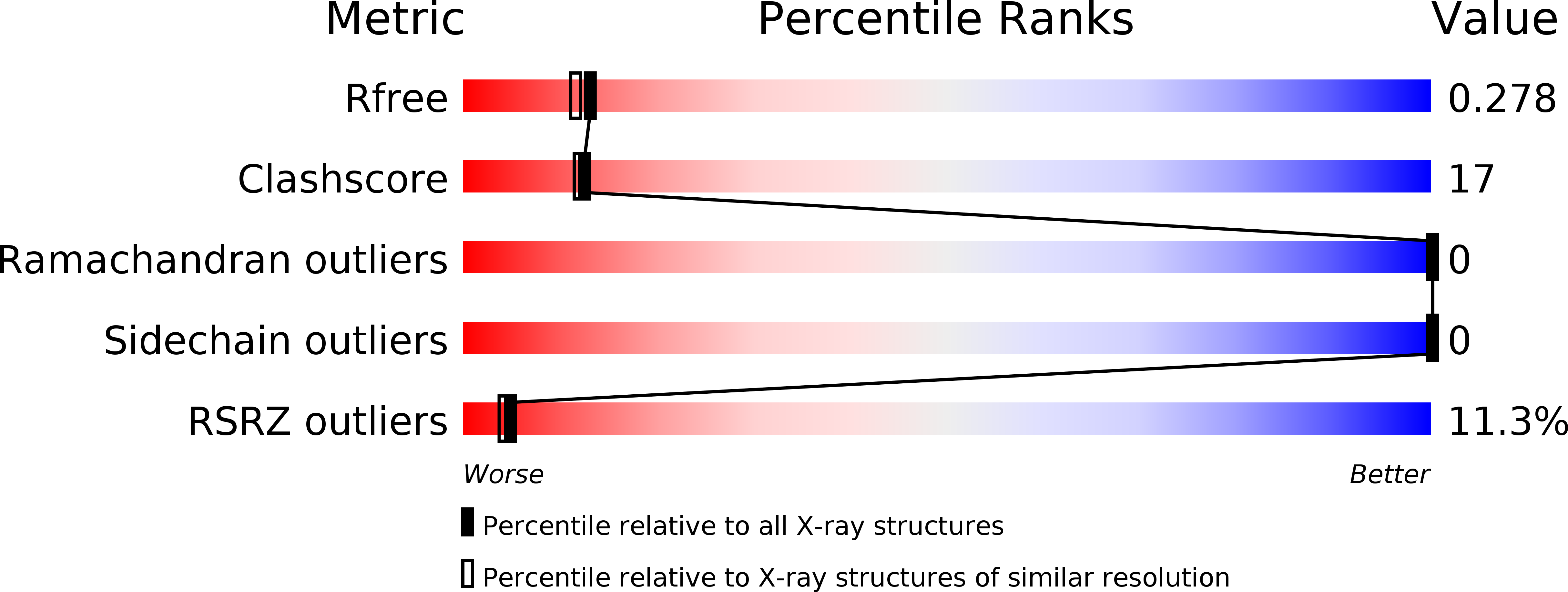
Deposition Date
2010-06-25
Release Date
2010-08-11
Last Version Date
2024-11-06
Method Details:
Experimental Method:
Resolution:
2.19 Å
R-Value Free:
0.28
R-Value Work:
0.24
R-Value Observed:
0.24
Space Group:
C 1 2 1


